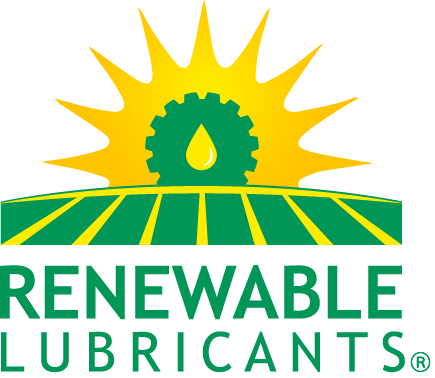
RLI Turfgrass Toxicological Test
The RLI Turfgrass Toxicological Test provides valuable insights for golf course maintenance by evaluating the impact of biobased and petroleum formulations on creeping bentgrass. This test effectively replicates hydraulic fluid spills and compares toxicity levels under controlled growth conditions.
Study Findings: The test reveals that petroleum hydraulic spills cause bentgrass to burn within 24 hours, as observed in the test plots. In contrast, spills of RLI's biobased formulations and pure vegetable oil, along with blank test controls, show no discernible difference in plant health. However, it is worth noting that incorporating biodegradable lubricants into golf course maintenance practices can offer additional benefits.
Fertilizers, Watering, Mowing, and Weeding: By conducting the Turfgrass Toxicological Test, golf courses can enhance their maintenance tasks, including fertilization, fairway irrigation, mowing, and weed control. The study not only aids in identifying environmentally friendly alternatives, such as biobased formulations, that minimize potential harm to turfgrass but also highlights the advantages of utilizing biodegradable lubricants.
Comprehensive Quarterly Checklist: The quarterly greenkeeping checklist, encompassing vital tasks like managing turf wear, maintaining ditches, improving drainage, and monitoring soil health, can be further augmented with the test results. By incorporating biobased formulations found to be non-toxic in the study, golf courses can enhance the effectiveness of their maintenance practices and, simultaneously, prioritize sustainability by incorporating biodegradable lubricants.
The Turfgrass Toxicological Test offers golf courses a scientific basis for selecting maintenance products that have minimal impact on the health of bentgrass. By integrating these findings into their maintenance checklists and embracing the use of biodegradable lubricants, golf courses can elevate sustainability efforts, safeguard the long-term health and beauty of their turf, and contribute to environmental preservation.
